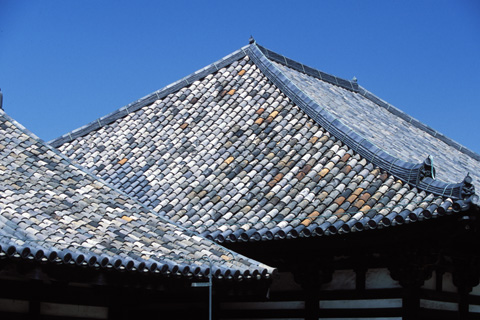
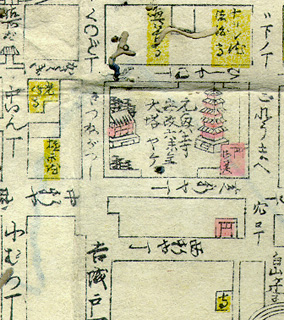
 |
 |
The roof of Gokuraku-bô temple of Gangô-ji is covered with tiles
of various colors [left].
A woodblock-printed map from the 19th century [right] depicts the five-story
pagoda of Gangô-ji among townhouses noting that it was destroyed
by fire
in 1859.
We have sweet memories
of the old capital of Asuka, |
— By
Lady Ôtomo of Sakanoue, Man’yô-shû No. 992. |
Asuka-dera (Asuka Temple) was established in 596 AD in Asuka, the political center of Japan of the time, as the tutelary temple of the Soga clan. The Soga, which was in power in the first half of the 7th century, actively introduced Buddhism to Japan and Asuka-dera was known as Japan’s earliest fully equipped Buddhist temple. After the new capital was built at Nara in 710, Asuka-dera relocated itself in the new capital. The newly built monastery was named Gangô-ji, which had large precincts and many magnificent buildings. Another name was Asuka-dera, and this reminded the citizens of Nara of the old capital Asuka in the way in which Lady Ôtomo expressed her sentiments in her poem included in Man’yô-shû, an anthology compiled in the 8th century.
After its patron, the Soga, lost power, Gangô-ji was supported by the ancient state for some time. As the ancient state decayed, however, Gangô-ji declined gradually throughout medieval times, making a sharp contrast to the prosperity of Kôfuku-ji, the tutelary monastery of the powerful Fujiwara clan. After the fire in 1451 which destroyed many of its buildings, its precincts were gradually encroached by townhouses inhabited mostly by merchants and craftsmen attracted by the economic activities of Kôfuku-ji. Today, the ancient area of Gangô-ji is largely occupied by townhouses, which comprise the old quarter of Nara (Nara-machi), and only a few buildings of Gangô-ji, including Gokuraku-bô (dormitory house of monks in the original layout), survive there.
On October 18, 2000, newspapers reported that researchers had used dendrochlronology, a dating method based on tree rings, to determine that a wooden structural element that formerly composed the building of Gokuraku-bô had been made from wood felled circa 582 AD. These researchers suggested that the element had originally been used as a building material for Asuka-dera in Asuka, then later was carried to Nara to build Gangô-ji. We can see that the roof of Gokuraku-bô is covered with tiles of various colors as shown in the above picture. It had been believed that some of those tiles are very old and had been carried from the original Asuka-dera. The dendrochronological finding reconfirms the conventional belief that, in ancient times, building materials were often collected from dismantled buildings, then carried to new sites and reused to make new buildings.
By Noboru Ogata, Emeritus, Kyoto University
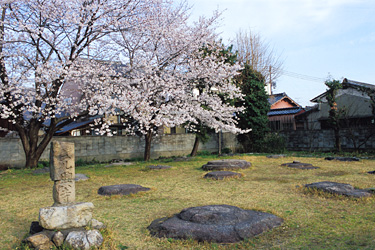 |
 |
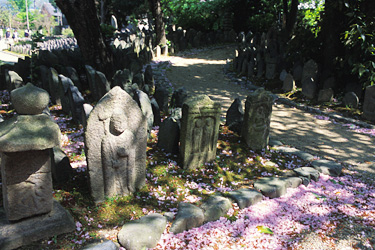 |
|
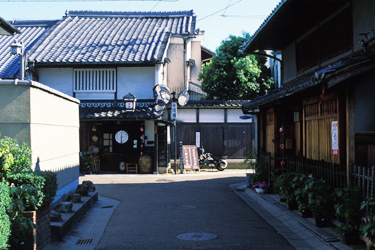 |
[Related Sites]
Since: 06/Mar/2004
Updated: 13/Sept/2004
![]()